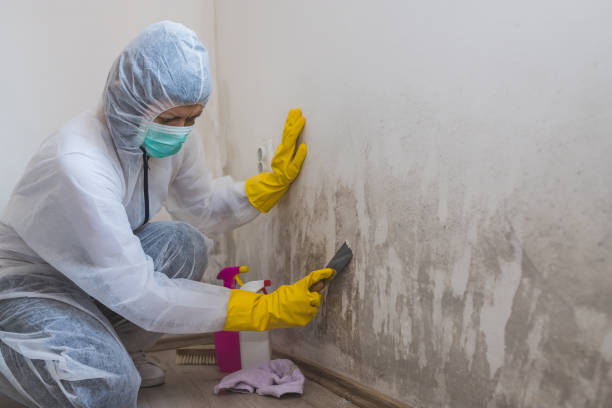
Basement Flooding
As a Long Island homeowner, it is our responsibility to be prepared for the unexpected. Geographically, we often endure the secondary effects of tropical storms and hurricanes that impact the east coast. These secondary effects involve storm surges which may result in basement flooding in our homes or businesses. It is important to remain calm and have a plan of action if these events come to fruition. Here is a step-by-step guide that can help for these unfortunate circumstances.
4-Step Plan To Handle A Basement Flood
- STEP 1: STAY SAFE
- Do not risk injury to yourself if your basement floods. If possible, avoid venturing into the basement if there is an inch or more of water. It’s best to have the water pumped out before entering the basement, as standing water may contain harmful bacteria.
- Avoid contact with all electrical wiring or fixtures. Become as non-conductive as possible if you need to go into the basement. The best clothing to wear are rubber boots, waders and gloves. The will remove any risk of electrical shock or electrocution.
- Once it is safe, the standing water should be removed as soon as possible. We recommend hiring a professional, as they will help you document all water damaged materials and contents. This will be necessary for any claims made to your home insurance carrier.
- STEP 2: DETERMINE THE SOURCE OF THE MOISTURE
- The source of moisture may be obvious if this is a result of a storm surge. Consideration should be given to waterproof the basement to avoid future flooding issues.
- If it is not a result of a storm, then the water main should be shut off immediately. All leaking pipes or mechanical issues should be repaired after the water has been extracted from the basement.
- STEP 3: REMOVE ALL WATER DAMAGED ITEMS
- As a reminder, take pictures and inventory all damaged materials for insurance purposes. Furniture, clothing, electronics, artwork, etc. should all be removed and documented.
- STEP 4: VENTILATE THE BASEMENT
- After removing the damaged contents and building material (drywall, flooring, etc.), there is still a considerable amount of moisture in the air. Dehumidifiers and air blowers should be used to lower the humidity before returning the basement to usable space.
What Can Happen If It Is Not Dried Properly?
As we previously discussed, although the visible water may be ejected, there is a significant amount of moisture in the air that also needs to be removed. Keep in mind that the longer the water remains in the basement, the more likely mold will develop. Mold only needs 24-48 hours before it will begin to grow after a significant water event. Exposure to mold may trigger allergic reactions in certain individuals.
If you smell musty odors, see visible mold or experience allergy-like symptoms after a water damage event, give us a call for further guidance at (631) 562-8440.
